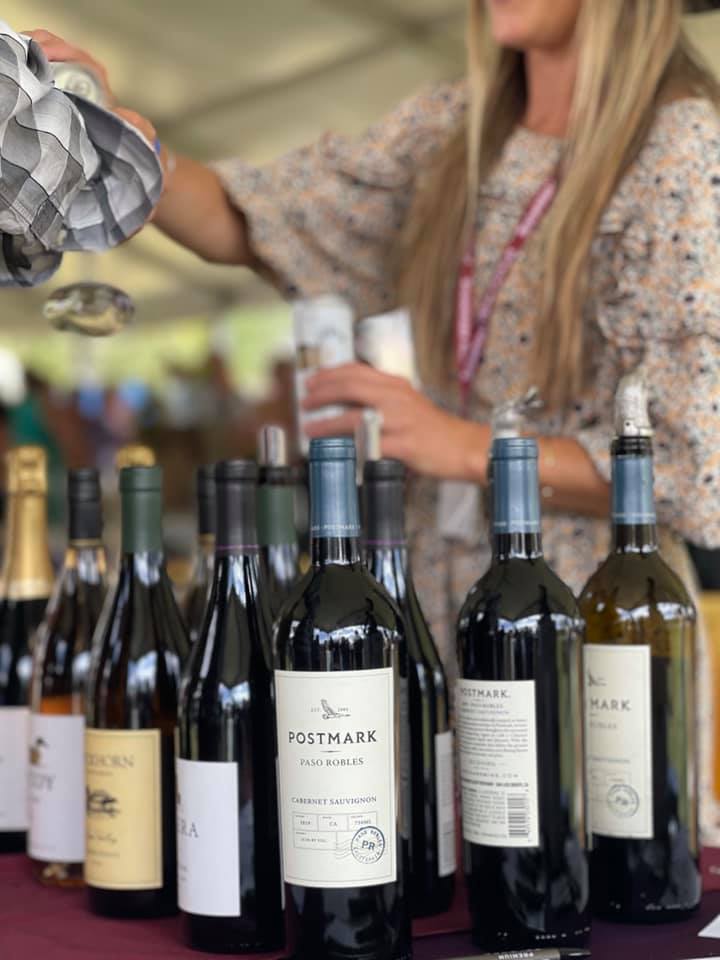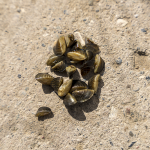WineInk: Wine — it’s a process

WineInk
Wine is many things.
It is a product of nature. It is a scientific construct. It is poetry in a glass.
And the wine you and I will drink today is the result of a process by which winemakers have taken that agricultural product and put it through a series of scientific steps to produce wines of myriad colors, flavors, and types for our enjoyment.
As we all know, this is harvest season. In vineyards throughout the Northern Hemisphere, workers are busy cutting the clusters of grapes, either by hand or by machine, from the vines, filling large bins, and then racing to get them to the wineries while the grapes are still cool. There is a romance and excitement to this time of year. For most people, the perception of harvest season is that all the action happens out there, amongst the rows of vines.
But for winemakers, getting the grapes from the vineyards to the crush pad is just the first step in the process. While it is true that making the correct call on when to pick the grapes may be the most critical moment in making great wine, once the grapes get to the winery, an entire level of decision-making and labor begins anew.
Let’s start by saying that wine, technically, can make itself. Crush a few grapes and leave them be for a while, and nature and natural yeast will take their course. Fermentation will take place as the sugars in the grapes turn to alcohol, and eventually — voilà — you’ll have wine. That is how the first wines were created. But today, there is a wide range of techniques and technologies used to produce different wines. Modern winemakers have tools available that allow them to make wines ranging from natural wines, which receive minimal intervention, to fully crafted wines that fit a style and vary little from vintage to vintage.

The first thing that happens in the winery once the clusters arrive is that they are destemmed and individually sorted to rid them of impurities like insects, raisins, and bogus grapes. Some wineries still use the human eye to pick out grapes deemed unworthy, but, at many wineries, computer-operated optical sorting machines are used. On these machines, grapes are dropped onto vibrating tables with conveyor belts, where they flow quickly under the eye of cameras, which select the rejects and toss them out with puffs of air. The good grapes are separated, and the grapes are gently crushed, allowing the juice to run free while keeping the skins in contact with the juice.
For white wines, the juice is then “pressed” to separate the wine from the seeds and the skins before fermentation. A bladder press is a device that uses an air-filled bag that inflates and presses the grapes in a cylindrical tube, gently releasing the juice before it is moved to a fermentation tank.
Red wines, however, rely on contact with the skins and stems to absorb color, flavors, and tannins, so they will sit together, allowing the juice to absorb those properties during fermentation. The must (juice and skins) is transferred to either steel or wood or occasionally concrete vats. The sugars in the grapes begin converting to carbon dioxide and alcohol.
Winemakers make a whole host of decisions during the fermentation process that will affect the wines they hope to produce. These include things like determining whether to add yeast and what types of yeast they might introduce to stimulate the fermentation process. For red wines, cap management is a critical element. Winemakers will choose to either “punch down” the cap of sediment that rises to the top of the tank each day or “pump over” wine from the bottom of the tank to diffuse the cap. They will also make decisions about how long to let the process continue.
Once fermentation has reached the desired point, the red wines will be pressed and racked, removing the solid products like seeds and skins to clarify the juices before aging, or élevage — a French term that generally refers to the processes and decisions made during the period of time after fermentation and before bottling.
For example, aging the wine brings another set of questions for winemakers. If the wine is to be barrel-aged, then decisions about what kind of oak to use and its origins come into play. Will the wine respond better if aged in new or old oak? How about American or French-sourced oak? How about Slovenian? Should the barrels be neutral, or will the wines be enhanced by a “toasted” barrel — one that has been fired on the inside to bring out nuances in the wood? Maybe the choice with a white wine is to use no oak at all and simply let it age within the more neutral confines of a steel tank. Then there are decisions about blending wines that have been aged using a different method or barrel regimen.
Finally, there comes a time when the wine is ready to be put into the bottle. For some wines, say a fresh sauvignon blanc, that may be just a few months after the grapes are harvested. For others, like an Italian Barolo Riserva, the wine may sit in a barrel for up to five years and then in a bottle for another 24 months before it is ready to buy and enjoy.
Aspen airport sees more delays, cancellations in wake of new wind-reporting policy
A change from instantaneous wind-speed reporting to average wind-speed reporting aligned with a higher rate of flight delays, diversions, and cancellations this summer at the Aspen/Pitkin County Airport.










